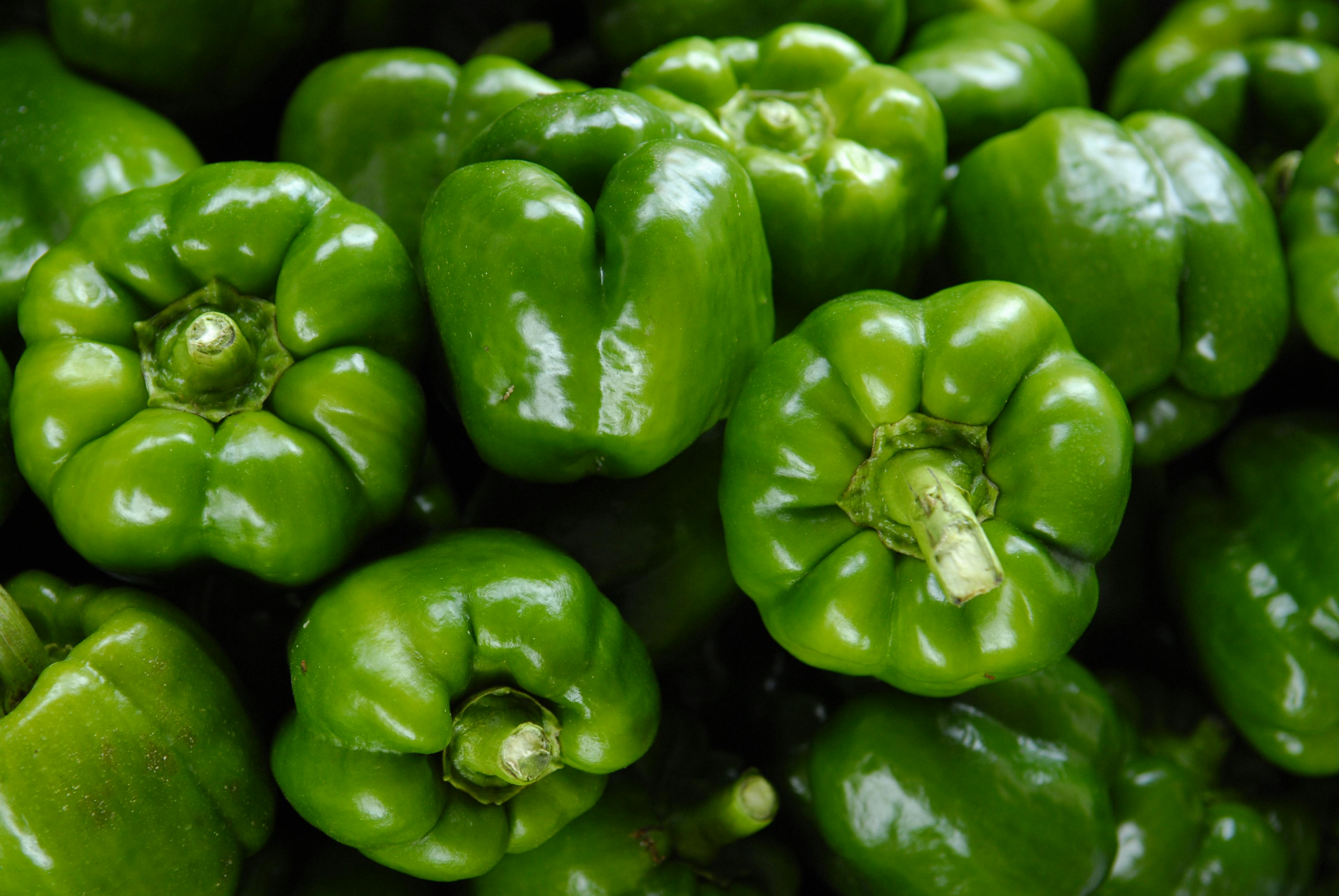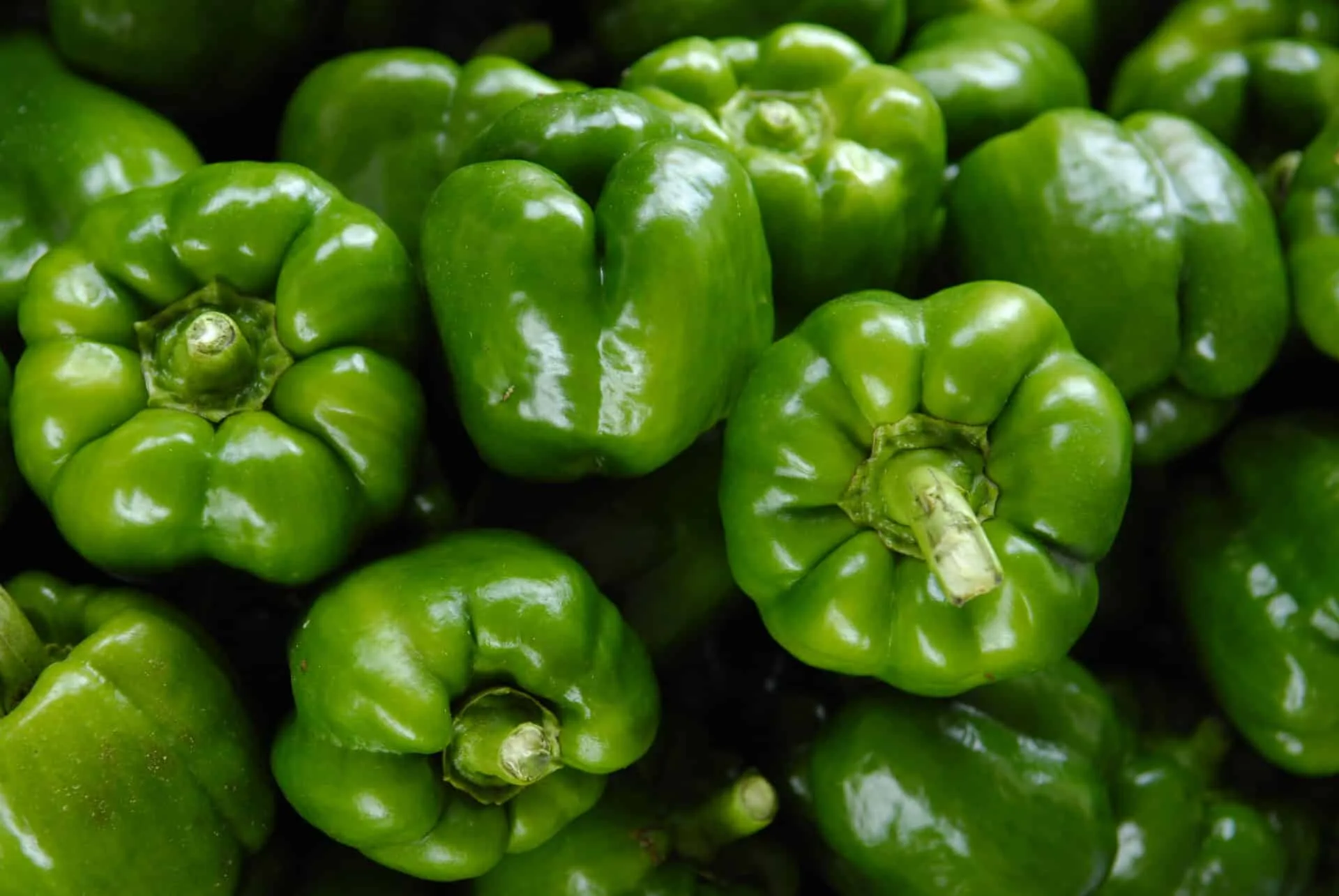Are bell peppers a fruit or a vegetable? This is a question that has been debated for years. While many people think of bell peppers as vegetables, they are actually fruits. Bell peppers come in different colors, including red, yellow, green, purple, and orange. They are often used in salads, sandwiches, and other dishes to add flavor and color. Bell peppers also offer many health benefits. They are rich in vitamins and minerals such as vitamin A and C, potassium, folate, and dietary fiber. Additionally, they contain antioxidants that help fight inflammation and reduce the risk of certain diseases.Bell Peppers are fruits. They are part of the flowering plants in the nightshade family, which also includes tomatoes and eggplants. All of these plants produce edible fruits, but they are generally considered vegetables in cooking.
What is a Bell Pepper?
A bell pepper, also known as a sweet pepper or a capsicum, is an edible fruit in the nightshade family. It has a mild, sweet flavor and comes in a variety of colors including green, yellow, orange, red and purple. Bell peppers are often eaten raw as part of salads or as a snack but can also be cooked in different ways. They are an excellent source of vitamins A and C, as well as dietary fiber and other minerals. Bell peppers can be used for making sauces, stews, soups and even desserts.
The History of Bell Peppers
Bell peppers have been around for centuries, and their origin is widely debated. Some believe that the pepper originated in Central or South America, while others contend that it is native to Mexico. Regardless of where the pepper first came from, it has been cultivated in many different parts of the world for centuries. In the United States, bell peppers were first grown in the late 1700s by settlers in Virginia and North Carolina.
Since then, bell peppers have become a staple in many cuisines around the world. They are a popular addition to salads, sandwiches, stews, stir-fries, and casseroles. Bell peppers come in a variety of colors ranging from green to yellow to red to purple and even black. Each color has its own flavor profile and nutritional benefits. For instance, red bell peppers are sweeter than green bell peppers and contain more vitamin A and C than other varieties.
In recent years, bell peppers have become increasingly popular as an ingredient in vegetarian dishes due to their versatility and ability to take on different flavors with ease. They are also a great source of dietary fiber and are low in calories which makes them an ideal choice for people looking to watch their calorie intake.
Overall, bell peppers have seen an increase in popularity over the years due to their versatility and health benefits. They can be used raw or cooked in a variety of dishes and can add color and flavor to any meal. Whether you’re looking for a nutritious snack or want something tasty to add texture to your favorite dish, bell peppers are sure to be a hit!
Nutritional Content of Bell Peppers
Bell peppers, also known as sweet peppers, are an incredibly versatile vegetable that can be eaten raw or cooked. They come in a variety of colors, from deep green to bright red, and are loaded with vitamins and minerals. Bell peppers are an excellent source of vitamin C, providing more than 100% of the recommended daily value per serving. They are also rich in vitamin A, providing more than 20% of the daily value per serving. Additionally, bell peppers contain vitamin B6, folate, carotenoids, lutein and zeaxanthin.
Bell peppers also provide a good source of fiber and contain important minerals such as potassium and magnesium. Potassium helps to regulate blood pressure levels while magnesium is important for energy production and muscle contraction. Bell peppers are low in calories and contain no cholesterol or saturated fat making them a great addition to any diet. Additionally, bell peppers have anti-inflammatory properties which can help reduce inflammation in the body.
Overall, bell peppers are a nutritious vegetable that can be enjoyed raw or cooked in a variety of dishes. They provide an excellent source of vitamins A and C along with important minerals such as potassium and magnesium. Additionally, they contain no cholesterol or saturated fat making them a great addition to any healthy diet.
Different Types of Bell Peppers
Bell peppers are a type of fruits belonging to the Capsicum genus and are an important part of many diets around the world. While there are many varieties of bell peppers, they can all be classified into four main types: sweet bell peppers, hot bell peppers, cayenne peppers, and paprika peppers.
Sweet bell peppers are the most common type of bell pepper and come in a variety of colors. They are usually green when under-ripe but can also be red, orange, yellow or even purple when fully ripe. Sweet bell peppers have a mild flavor and are usually eaten raw, cooked or roasted in salads and other dishes.
Hot bell peppers include jalapenos, serranos, habaneros, and other chili pepper varieties. These types of peppers have a higher concentration of capsaicin than sweet bell peppers which gives them their spicy flavor. They are mostly used as an ingredient in hot sauces and salsas but can also be added to dishes for extra flavor and heat.
Cayenne peppers are long and thin with a bright red color and mild to medium heat levels depending on the variety. They are often used as a seasoning in stews or soups as well as for making hot sauces and salsas.
Paprika peppers are usually dried and ground into powder to create the popular spice known as paprika. It is used extensively in Hungarian cuisine as well as other European cuisines such as Spanish paella or French ratatouille dishes. Paprika can also be added to dishes for extra flavor or used as a garnish for added color.

How to Cook with Bell Peppers
Bell peppers are a versatile and flavorful addition to any dish. They can be eaten raw, roasted, or cooked in a variety of different ways. Here are some tips and tricks for cooking with bell peppers.
To start, bell peppers can be used as a base for many dishes such as salads, stir-fries, and pasta sauces. When adding bell peppers to salads, you can use them raw or roasted. To roast them, slice the pepper in half lengthwise and remove the seeds and stem. Place the halves skin-side up on a baking sheet lined with parchment paper and roast for 15-20 minutes at 400°F (200°C). This will soften the pepper’s skin and give it a sweeter flavor.
Bell peppers can also be cooked in many different ways such as sautéing, grilling, roasting, or even pickling. When sautéing bell peppers with other vegetables or meats, it is best to cook them until they are just tender but still have a slight crunch. To grill bell peppers, lightly oil the grill grates before placing the bell pepper slices on the grates. Grill for 5-7 minutes per side until lightly charred and tender.
When roasting bell peppers in the oven, you can either cut them into strips or leave them whole. If you are leaving them whole, prick each pepper several times with a fork so they do not explode during cooking. Roast for 25-30 minutes at 400°F (200°C). This will give you sweet and smoky flavored roasted bell peppers.
Lastly, pickling is another great way to preserve your bell peppers for later use. To pickle your bell peppers simply mix together vinegar (white vinegar or apple cider vinegar work well), sugar (or honey), salt (kosher salt is best), garlic cloves, bay leaves and any other herbs of your choosing such as oregano or thyme in a pot over medium heat until the sugar dissolves then pour over thinly sliced bell peppers in an airtight container and allow to sit overnight before serving.
In conclusion, there are many different ways to cook with bell peppers – from roasting to pickling – that will add flavor to any dish. Use these tips when cooking with bell peppers to create delicious meals!
Health Benefits of Eating Bell Peppers
Bell peppers are a nutritious food that are packed with vitamins and minerals, making them an excellent addition to any diet. They are low in calories and fat, yet high in fiber and a variety of vitamins and minerals, including vitamin A, vitamin C, vitamin E, folate, iron, and potassium. Bell peppers are also rich in antioxidants that can help protect the body from free radical damage. Additionally, they contain powerful anti-inflammatory compounds that can help reduce inflammation throughout the body.
Eating bell peppers may also help improve heart health by reducing cholesterol levels and improving blood pressure. The high amount of fiber found in bell peppers helps to reduce cholesterol levels by binding to bile acids and carrying them out of the body. The antioxidants present in bell peppers can also help reduce inflammation in the arteries which may help lower blood pressure.
Bell peppers are also beneficial for digestive health due to their high fiber content. Fiber helps to add bulk to stools which can make them easier to pass through the digestive tract. Additionally, fiber helps to feed beneficial bacteria in the gut which can improve overall digestive health. Eating bell peppers regularly may also help reduce symptoms of constipation and other digestive issues such as bloating and cramping.
Finally, bell peppers are a great source of vitamins and minerals that can help keep your immune system strong. The vitamin C found in bell peppers helps support healthy immune function by boosting white blood cell production which is essential for fighting off infection and disease. Additionally, bell peppers contain carotenoids which have been shown to have antimicrobial properties that can help keep your body healthy and functioning properly.
Potential Risks of Eating Too Many Bell Peppers
It is important to remember that, like other vegetables, bell peppers are healthy and should be included in the diet. However, there can be potential risks associated with eating too many bell peppers. Excessive consumption of bell peppers may cause digestive problems such as bloating, indigestion, and gas. Eating too many bell peppers can also lead to stomach cramps and diarrhea due to their high fiber content.
Bell peppers are also high in Vitamin C. While this is beneficial for the body in moderate amounts, eating too many bell peppers can lead to an overdose of Vitamin C which can cause nausea, headaches, and fatigue. Additionally, consuming foods that contain a high amount of Vitamin C can interfere with the absorption of other important nutrients such as iron and zinc.
Bell peppers also contain solanine, a compound found in some nightshade plants that may be toxic in large amounts. High levels of solanine have been linked to neurological issues such as confusion and difficulty concentrating as well as skin irritation. Therefore it is important to monitor your intake when consuming bell peppers or any other nightshade plants such as tomatoes or potatoes.
In conclusion, it is essential to eat bell peppers in moderation to avoid any potential risks associated with excessive consumption. Eating a variety of vegetables will help ensure that you are getting adequate amounts of essential vitamins and minerals without overloading your body with any one nutrient or food group.

Conclusion
In conclusion, bell peppers are a type of fruit. They may be used as vegetables in cooking, but their botanical classification is that of a fruit. Bell peppers contain many essential vitamins and minerals, as well as antioxidants and other beneficial compounds. Eating them regularly can help to improve overall health and reduce the risk of certain diseases. Therefore, if you are looking for a nutritious addition to your diet, bell peppers are an excellent choice.
Bell peppers come in a variety of colors and sizes, allowing you to enjoy their flavor and health benefits in many different dishes. They are an incredibly versatile ingredient that can be used in both sweet and savory recipes. So why not give them a try today?



